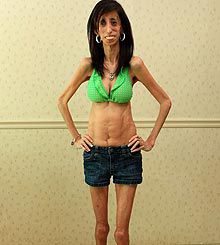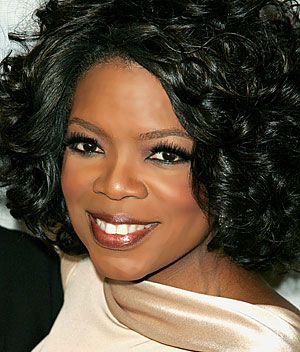“鳄鱼的眼泪”之说从何而来?
|
If someone is crying in an attempt to fake remorse or empathy, we say they are shedding “crocodile tears.” But how and why did we start pegging insincere displays of emotion to the toothy reptiles? The origin may have become popular around the 14th century when a bestselling memoir, The Voyage and Travel of Sir John Mandeville, referenced serpents who sob while eating their human victims.
In the centuries since, crying crocodiles have become a metaphor for superficial remorse. The expression has been used as a fable to teach sincere repentance, by Shakespeare to convey false grief, and, more recently, by media mocking tearful politicians or murder suspects. In 2007, University of Florida zoologist Kent Vliet actually proved that the animals do sob while snacking. But because crocodiles eat while in the water—making a study of their meal-time tears difficult—he studied their close relatives, caimans and alligators, who might dine on dry land. Out of the seven he filmed eating at a Florida alligator park, five teared up before, during, and after eating. Vliet's theory is that when the animals enthusiastically smack their jaws, the movement forces air through the crocodiles’ sinuses and ultimately empties tears into their eyes. Their eyes not only water but can froth and bubble, as Vliet witnessed at the alligator park, where some even teared up in anticipation of their meal of chicks, quail, and feed biscuits. Vliet was asked to investigate the biology behind the “crocodilian metaphor” by Malcolm Shaner, a UCLA neurologist researching a phenomenon in which some facial palsy sufferers cry when they chew. Doctors often refer to this eye-watering condition as “crocodile tears,” and a 1920s Russian scientist once suggested that such weakened facial muscles allowed "older, possibly crocodilian neurological pathways to emerge" in humans. 由此看来,鳄鱼流泪只是进食时身体产生的一种自然生理现象,和同情悔过毫无关系,难怪人们会将虚伪的哭泣比作鳄鱼的眼泪了。 |









